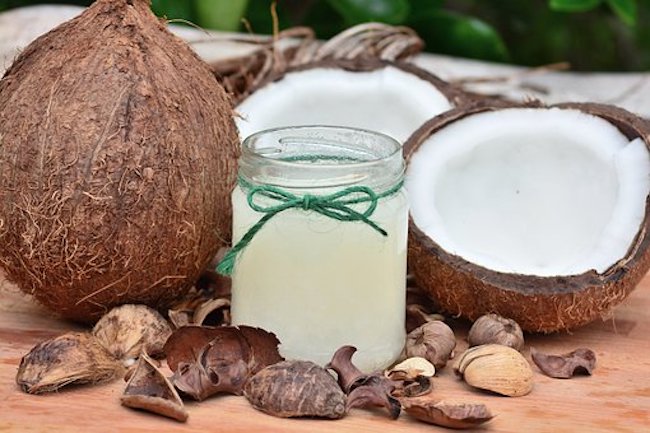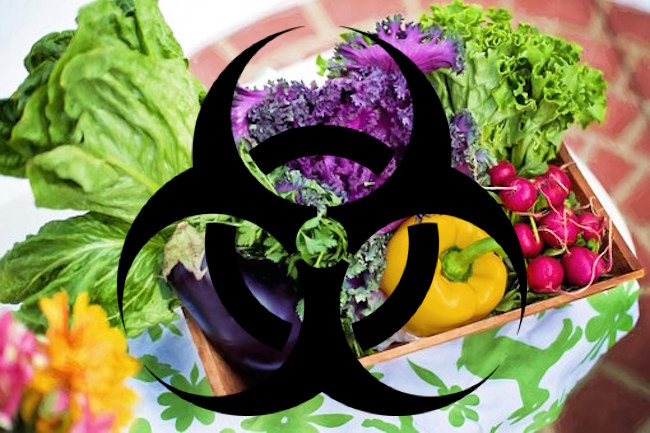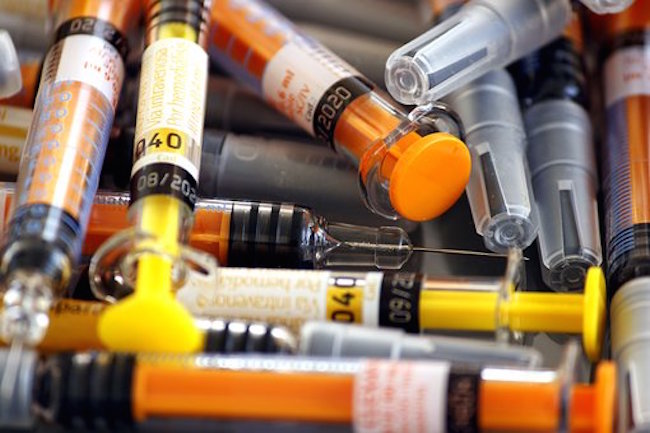3 Simple, Healing Salve Recipes Your Great-Grandparents Used by: Bethany Hayes for Off the Grid News
Using herbal remedies to heal your ailments is a crucial aspect of living a self-sufficient lifestyle. Instead of purchasing balms premade at the store, you can use items you grow or create on your homestead to heal your body. Salves can replace store-bought creams (such as Neosporin) in your medicine cabinet.
What is a Salve?
If you have used any form of ointments, you already have a general idea about salves. They are a homemade ointment or cream, created to protect and heal our bodies and skin. Salves were used for centuries by our ancestors, great-grandparents and grandparents for cuts, burns, blisters and many other ailments. They often were called “drawing salves,” intended to draw out infections, splinters and toxins from spider or snakebites.
The process used to create herbal salves hasn’t changed much in the last few centuries, even if we do have essential oils more readily available than ever before. Old salve recipes called for herbal-infused oils. It involves simmering herbs in any melted oil for a long period before straining out the herbs.
All salves also require an element that creates the creamy consistency needed so you can spread it over the ailment. Beeswax is the most common choice, a benefit for those who have beehives. Shea butter and honey are also used in recipes. The creation of an herbal salve is easy and typically only requires a few minutes of commitment!
Let’s examine three easy salves you can make at home.
1. The perfect all-purpose salve
Everyone needs to have an all-purpose salve available at all times. I make a large batch because, with three kids, we use a lot of it! You will use coconut oil, olive oil, and beeswax to create it, but you can use more coconut oil and beeswax if you have no olive oil. It is a great choice as a homemade diaper rash cream that is cloth diaper safe.




